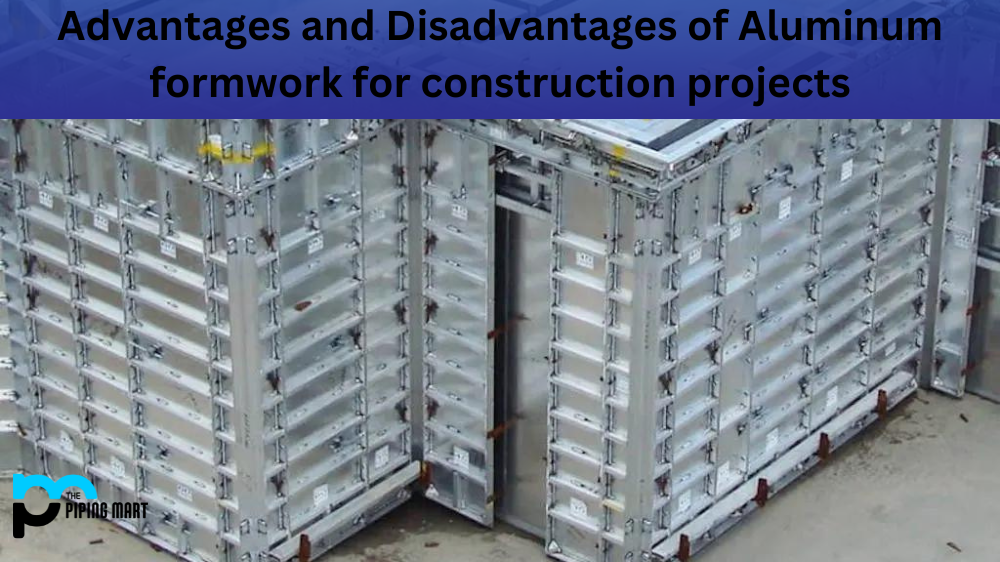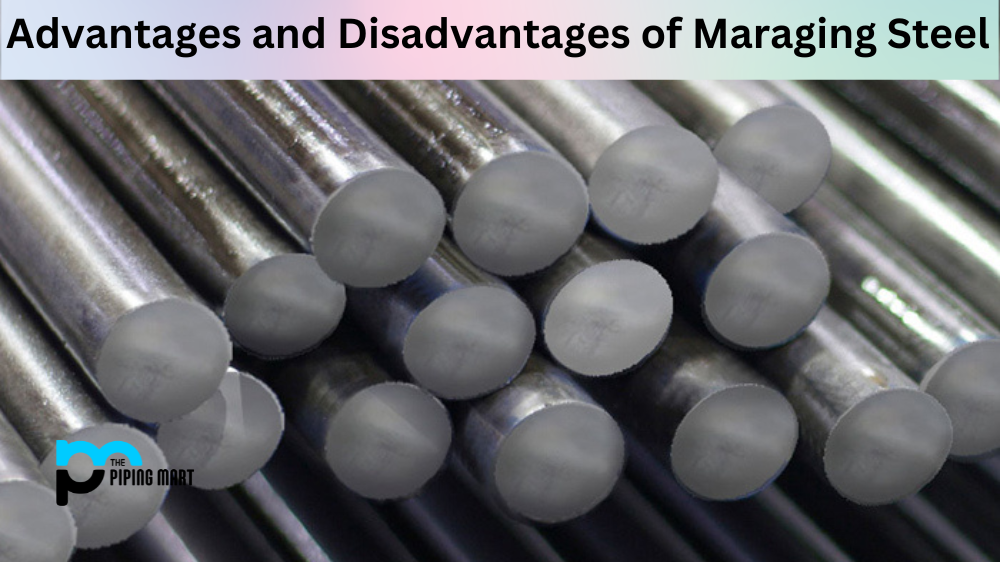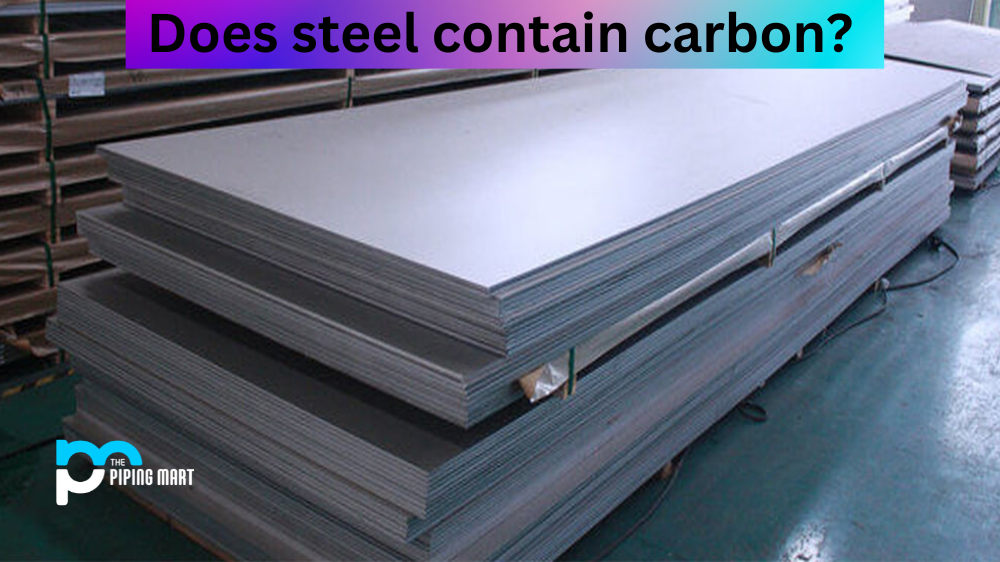Aluminum formwork is a popular construction material used to create the framework for many projects. It offers numerous benefits, but there are also some drawbacks to using aluminum formwork. In this blog post, we’ll explore the advantages and disadvantages of aluminum formwork so you can make an informed decision about whether or not it’s right for your next construction project.
5 Advantages of Aluminium Formwork
One of the biggest advantages of using aluminum formwork is that it is incredibly durable and can be reused multiple times on different projects without losing its structural integrity. This makes it a great choice for large-scale projects such as high-rise buildings or bridges where multiple forms are required. Additionally, aluminum formwork is lightweight yet strong enough to support heavy loads, making it easy to transport and install in any location.
Another benefit of aluminum formwork is that it’s corrosion resistant, meaning that you don’t have to worry about rust or other water damage compromising its structural integrity. This makes it ideal for outdoor projects that require protection from the elements. Finally, because it’s relatively inexpensive compared to other materials such as steel, aluminum formwork can help keep costs down while still providing quality results.
Increased Efficiency
Aluminum formwork can help to increase the efficiency of construction projects as it is a reusable system that can be used multiple times. This means that there is less waste generated on construction sites, which can help to reduce costs. Additionally, aluminum formwork is quick and easy to assemble, which can help to save time on construction projects.
Reduced Costs
As aluminum formwork is a reusable system, it can help to reduce the overall costs of construction projects. Additionally, aluminum formwork is often lighter than other types of formwork, which can help to reduce transport costs.
Increased Safety
Aluminum formwork can also help to increase safety on construction sites as it is a non-combustible material. This means that there is less risk of fires on construction sites that use aluminum formwork. Additionally, aluminum formwork is also non-toxic, which can help to create a safer working environment for employees.
Improved Quality
Another advantage of using aluminum formwork is that it can help to improve the quality of construction projects. This is because aluminum formwork provides a smooth finish that can be easily painted or coated. Additionally, aluminum formwork is resistant to rot and termites, which can help to improve the longevity of buildings.
Enhanced Sustainability
Aluminum formwork is also an environmentally friendly option as it is 100% recyclable. This means that construction projects that use aluminum formwork can help to reduce their carbon footprint. Additionally, using recycled aluminum for formwork can also help to reduce costs as well as environmental impact.
Disadvantages of Aluminium Formwork
The main disadvantage of using aluminum formwork is that it requires more time and effort than other materials when setting up and dismantling the structure. This means that if time constraints are an issue with your project, then you may want to consider another option, such as steel or precast concrete instead. Additionally, although aluminum formwork can be reused multiple times on different projects, eventually, it will need to be replaced due to wear and tear over time which adds additional cost in the long run.
High Initial Cost
One of the primary disadvantages of aluminum formwork is that it is relatively expensive when compared to other types of formwork, such as wood or steel. This high initial cost can be a barrier for many construction companies, particularly those working on smaller projects.
Requires Specialised Training
Another disadvantage of aluminum formwork is that it requires specialized training to use correctly. This means that construction companies must invest in both the formwork itself and the training required to use it properly. This can be a significant expense, particularly for smaller construction companies.
Time-Consuming
Another downside of aluminum formwork is that it can be time-consuming to set up and take down. This can add high costs to a construction project, as well as delay the overall completion date.
Limited Reuse
Aluminum formwork also has limited reuse potential when compared to other types of formwork. This means that construction companies must factor in the cost of replacement formwork when budgeting for a project.
Damage Easily
Aluminum formwork can also be damaged easily, which can lead to costly repairs or replacements. This is something that must be considered when using aluminum formwork on a construction project.
Difficult to Transport
Another disadvantage of aluminum formwork is that it can be difficult to transport from one job site to another. This is due to its weight and size, which can make it difficult to move around without specialized equipment
Conclusion:
Aluminum formwork has a lot going for itself when used in construction projects; however, there are also some drawbacks to consider before committing to this particular material. Be sure to weigh out all the pros and cons before deciding if this type of formwork is right for your next project; if done correctly, you could save money in the long run while still receiving quality results!

Pipingmart is a B2B portal that specializes in metal, industrial and piping items. Additionally, we share the latest information and information about materials, products and various types of grades to assist businesses that are involved in this business.




